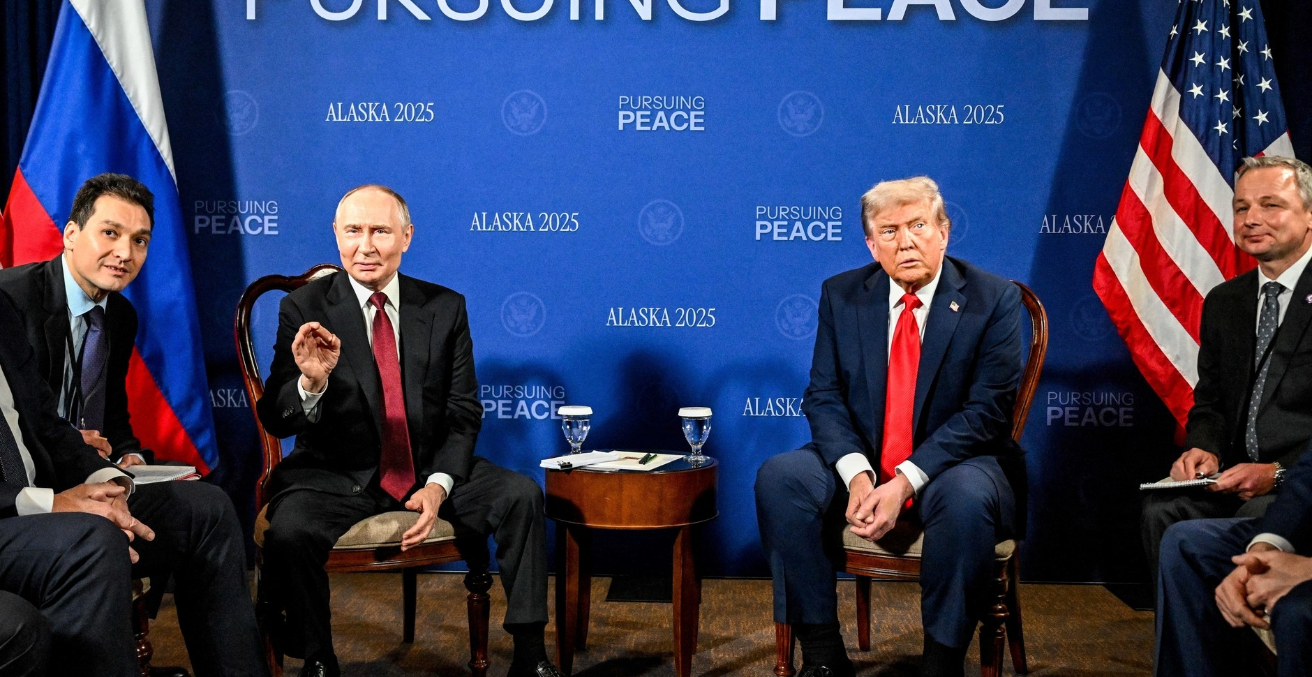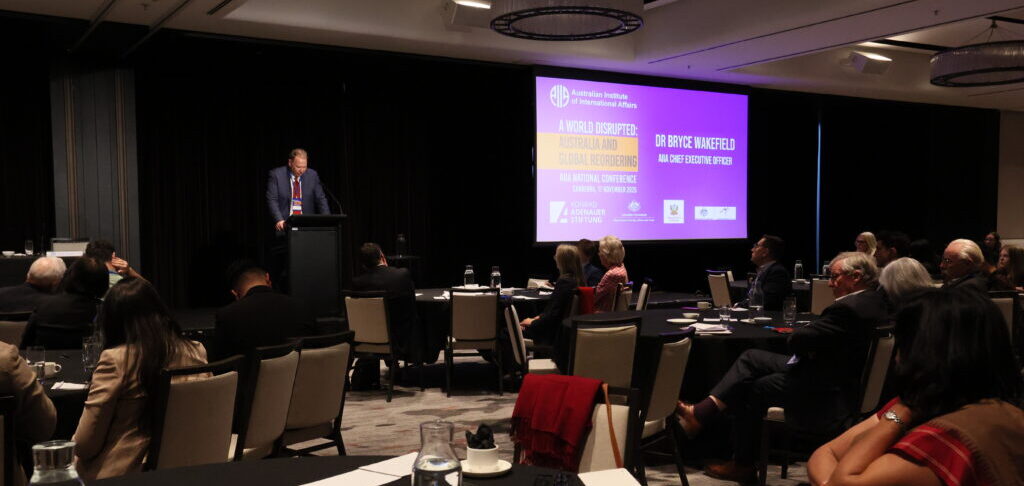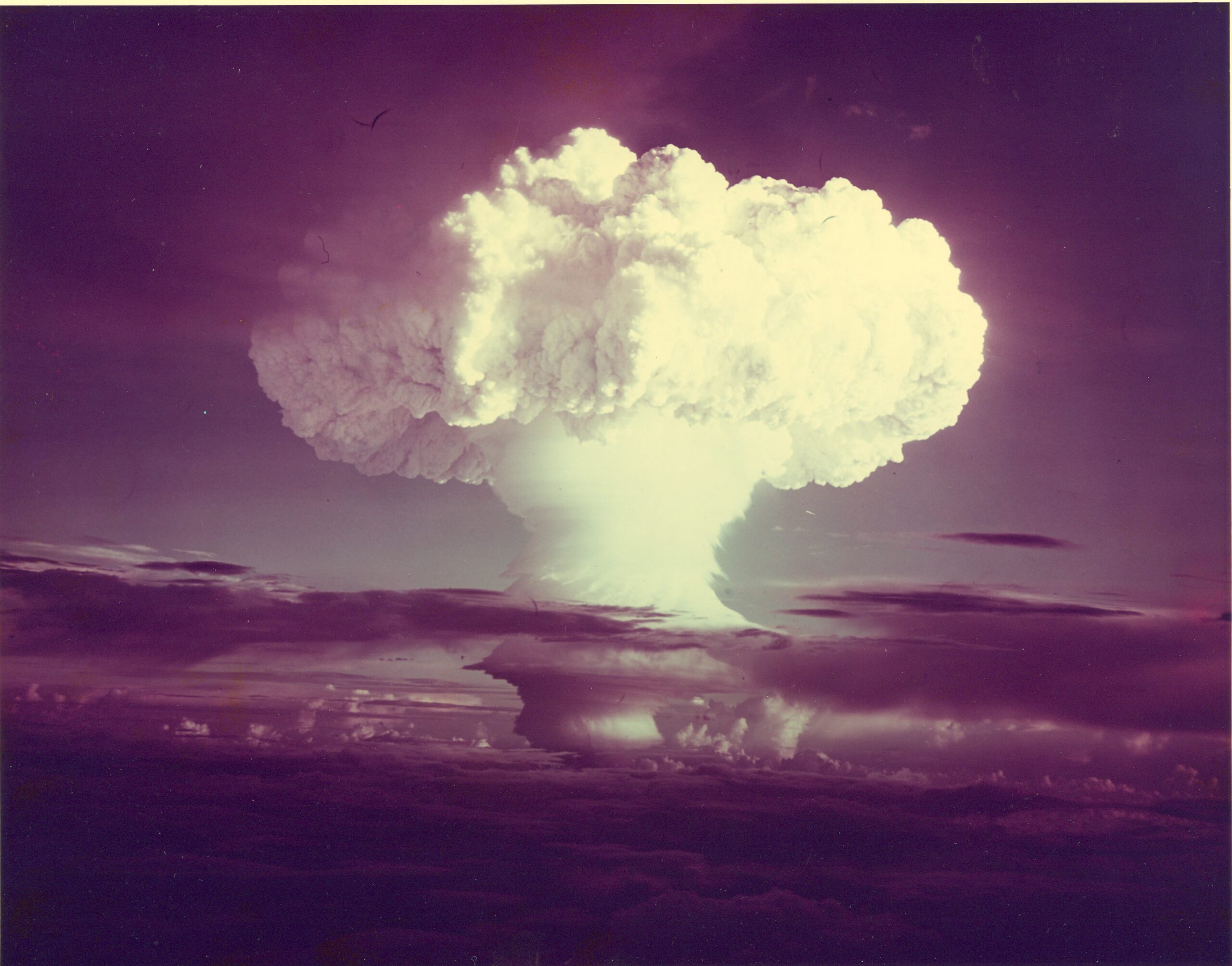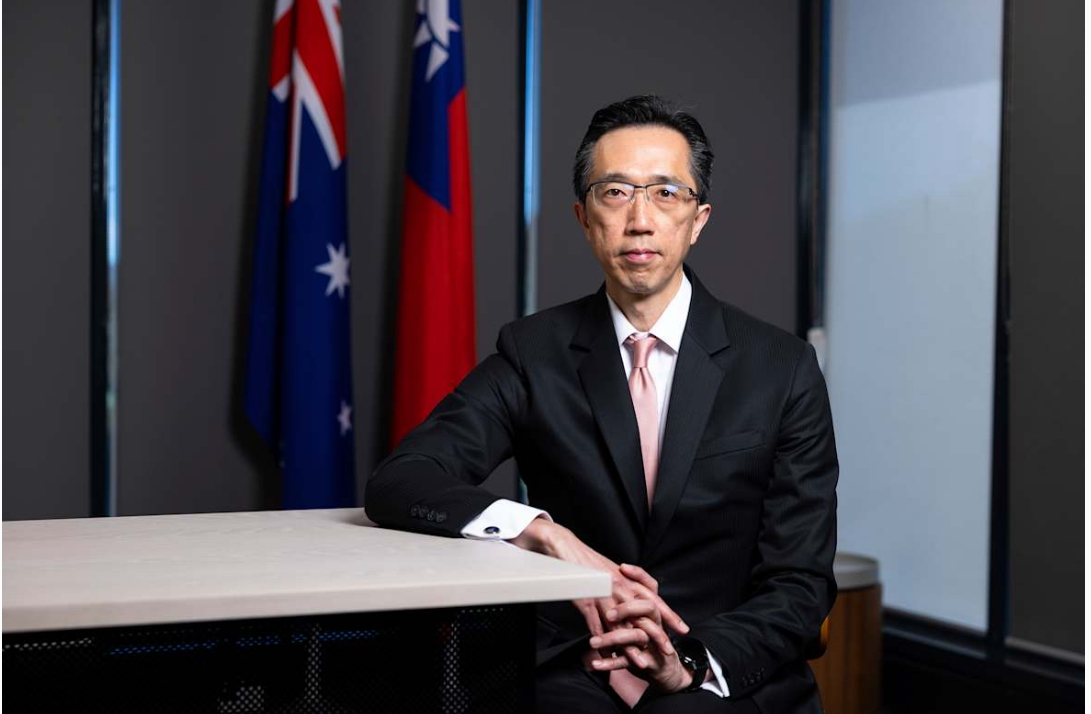In a matter of a few days, we witnessed what appears to be more progress on achieving peace in the Russian-Ukrainian War than we have seen since Russia’s full-scale invasion of Ukraine in February 2022.
In Alaska, President Donald Trump rolled out the red carpet for Russian dictator and indicted war criminal Vladimir Putin. While no material progress was made in the talks, the US president dropped his previous threats of secondary sanctions and acquiesced to Putin’s demand that there should not be a ceasefire, but rather negotiations that lead to total cessation of hostilities.
Days later Trump hosted Ukrainian president Volodymyr Zelensky, accompanied by several key European leaders, at the Whitehouse where a trilateral meeting including Putin and Zelensky was mooted, security guarantees for Ukraine were discussed, and Chancellor Friedrich Merz of Germany insisted that prior to a Putin-Zelensky meeting it was imperative for a ceasefire be instituted. However, once he left the room with European leaders and called Putin, Trump was back to blaming Ukraine for the war and talking vaguely about “land swaps” and security guarantees.
The US Special Envoy, Mr Steven Witkoff, is now claiming that a “major concession” has been wrung from Putin who reportedly is no longer opposed to “NATO-like” security guarantees for Ukraine, but NATO membership is a “red line.” It begs the question of why NATO is a red line if “NATO-like” security guarantees are meant to do the same thing–prevent a future Russian invasion.
Among the optimism spawned by these developments two facts remain: Putin continues to attack Ukraine and murder its citizens in their homes, and Putin does not want the war to stop while he has not achieved his goal.
White House negotiators think this is a real estate deal. They and many commentators who do not understand Putin’s motivations appear to assume that he would be content with 20 percent of Ukraine and its promise not to join NATO, but that is not the case. The “root causes” for the war according to Putin are his conditions for peace. They amount to the total capitulation of Ukraine: the replacement of the current Ukrainian Government by Moscow’s puppets, total demilitarisation so that Russia can re-invade at will, and reinstating the Kremlin’s FSB-dominated Russian Orthodox Church. It is a formula for the destruction of the Ukrainian state and a genocide of the Ukrainian people. As long ago as 2003 Putin declared to his elite cadres that it was intolerable for Kyiv to reside outside of Russia.
The currently proposed “land swap” would transfer to Russia one quarter of the Donetsk oblast, and Putin knows that Zelensky’s refusal would cast him as the obstacle to peace. Zelensky has often repeated that Ukraine’s Constitution does not allow trading of its sovereign territory. In this case, the territory under consideration is well fortified and home to 255,000 Ukrainians. For 11 years it has held up against Russian attacks that have cost more than a million Russian casualties. Under the proposal what Putin would be offering to “swap” in return is a freezing of hostilities along the rest of the contact line.
Less well understood is the fact that Putin is also bound by the Russian Constitution to recover (let alone trade away) not just the rest of the Donetsk and Luhansk oblasts but also oblasts that include the Ukrainian-held major cities of Kherson and Zaporizhzhia. These cities and territories already appear on Russian maps as parts of Russia. To simply freeze a “new border” at the current contact line would not only transgress Russia’s Constitution but also mean that Russia has lost its war against Ukraine, especially if it were to obtain effective security guarantees that included substantial US and/or European forces whose rules of engagement were to repel any future Russian invasion. After 20 years of preparations and wastage of so many resources and Russian lives it would shake Russia to its core, if not jeopardise Putin’s regime.
Putin will continue resisting a ceasefire, as in his eyes it will take the pressure off Ukraine, provide respite to the civilians he is killing, and allow Ukraine time to build its stocks of drones, and cruise and ballistic missiles. It would also provide opportunities for Ukraine to raise questions about kidnapped children, reparations that could involve confiscating US$300 billion in frozen Russian reserves, prisoner swaps, and bringing Russian war criminals to justice.
The alternative, Trump-approved approach is continued Russian bombing of Ukrainian civilians while “negotiations” take place. This also continues the pressure on Ukraine, while delays in the supply of US military equipment remain. Meanwhile, punitive secondary sanctions against Russia will be eased. Putin would like to keep it that way for as long as he can, and so far the Trump administration has accommodated him. The White House has done the opposite of what is needed to make Putin want to negotiate for peace. Its approach has emboldened Russia, and Ukrainians have suffered for it.
From Ukraine’s perspective, lasting peace can only come through the military defeat of Russia, which is made difficult by the West’s unwillingness to provide sufficient military support, or the economic collapse of Russia, or freezing the contact line as was done at the conclusion of the Korean War, with a similarly strong long-term security guarantee. As Zelensky says, the best security guarantee is a strong Ukrainian Army, but in the long term that requires a strong Ukrainian economy and therefore EU membership. Both EU membership and either NATO membership or several South Korea-like mutual defence treaties would be needed for Ukraine to emulate the South Korea scenario.
History shows that Russia only negotiates when it has been defeated, as it was by Poland in 1920 and by Chechnya in 1997. But Moscow subsequently rebuilt its forces, abrogated previous treaties, and attacked again, allying with Nazi Germany against Poland in 1939, and launching the Second Chechen War in 1999. Putin continues to think that Russia is winning the current war and will therefore not negotiate in good faith. Against this background it appears whimsical for Mr Witkoff to think that Russia would restrain itself from invading neighbours if that was written into the Russian Constitution. Putin signed the 2004 Treaty on the Russia-Ukraine Border himself, and his predecessor signed the Budapest Memorandum.
Although a meeting between Putin and Zelensky was being discussed in Washington, Russia’s Foreign Minister Sergei Lavrov has now cast doubt on that possibility and re-iterated Moscow’s demand that it must have a veto over any security guarantees for Ukraine. This is consistent with Moscow’s position since 2022, and not surprising given Putin’s previous insistence that Zelensky is illegitimate and could only be met in order to accept his surrender. If a meeting did take place it is likely that Putin would use it to push maximalist demands that would elicit a rejection from Zelensky.
Either way, we are back to square one: hostilities between Ukraine and Russia will continue while a war of wills is being fought in the background by supporters in the West on the one hand, and countries like North Korea, China, and Iran on the other.
Dr Michael Lawriwsky is an author, former chair of the Ukrainian Studies Foundation at Monash University, former editor for the Australian Ukrainian Review, and a former trustee of Melbourne’s Shrine of Remembrance. His career has included positions in academia, investment banking and consulting.
This article is published under a Creative Commons License and may be republished with attribution.





